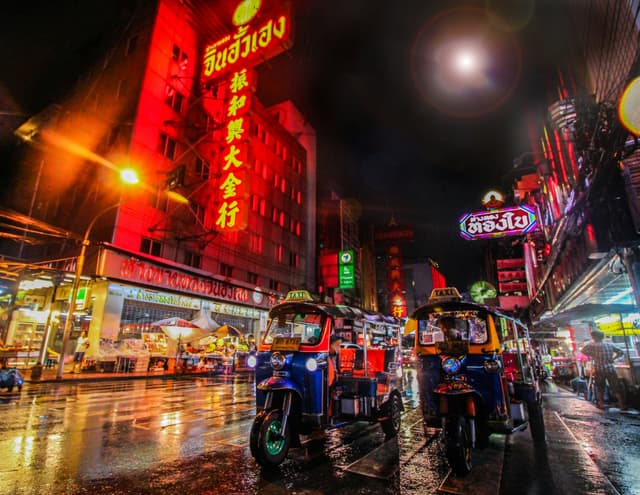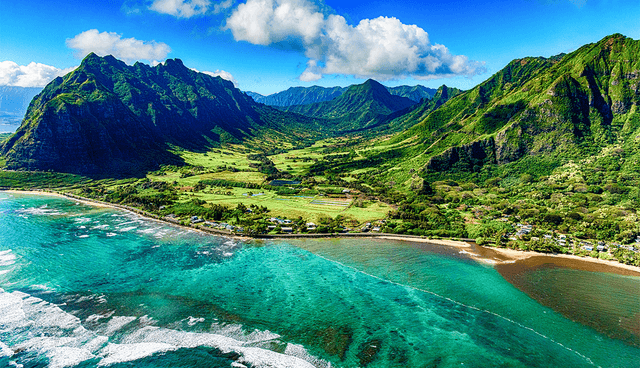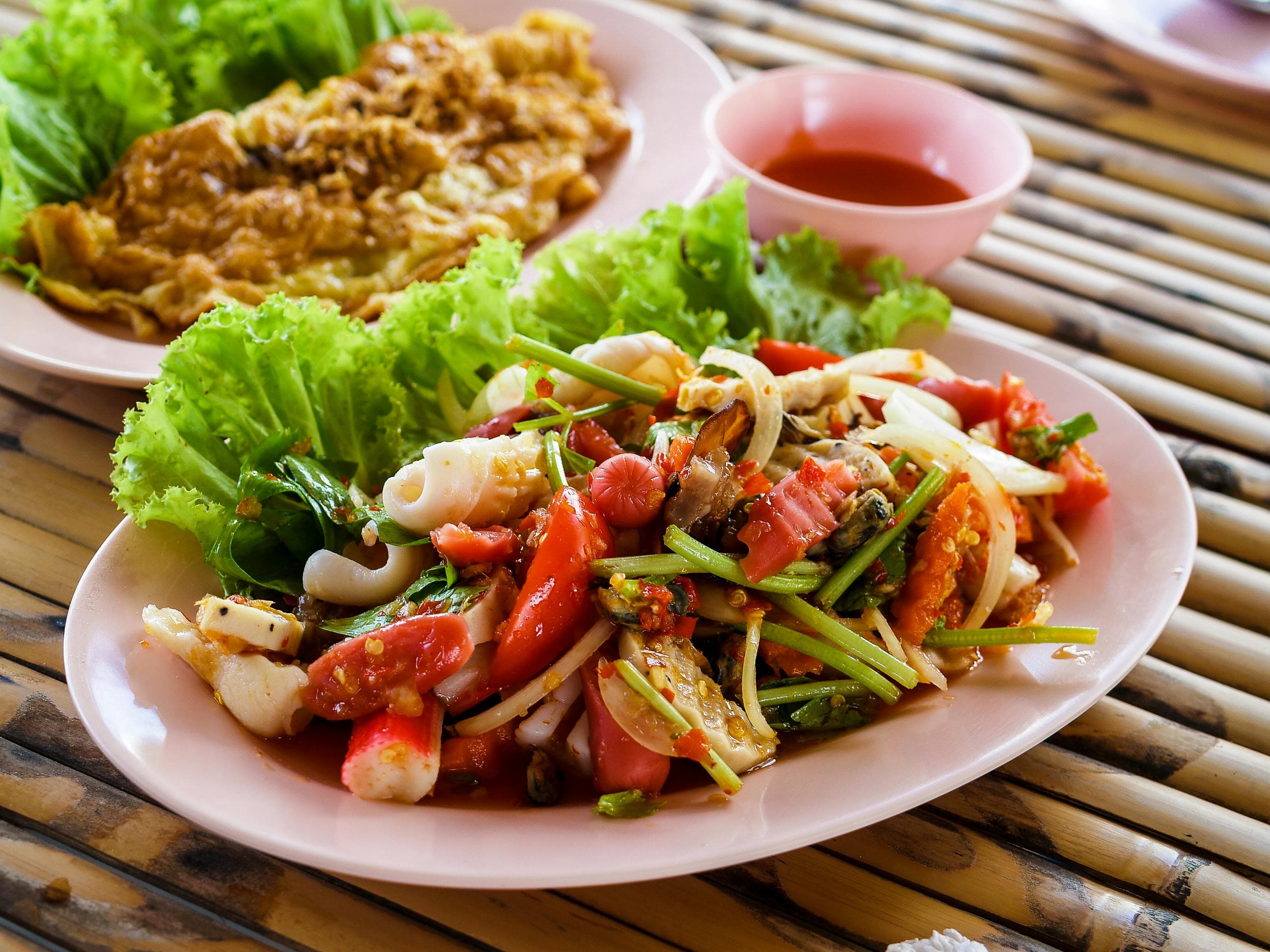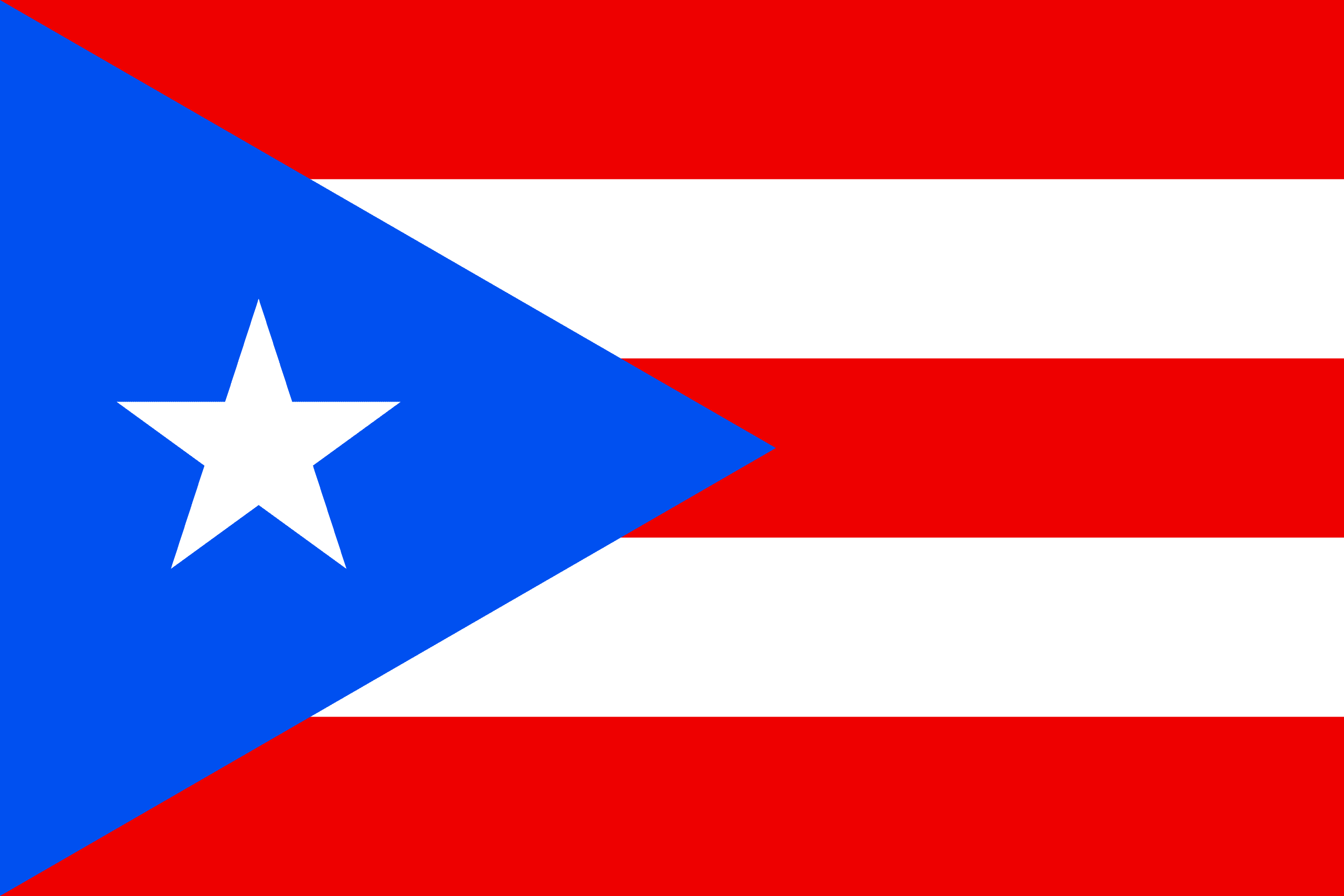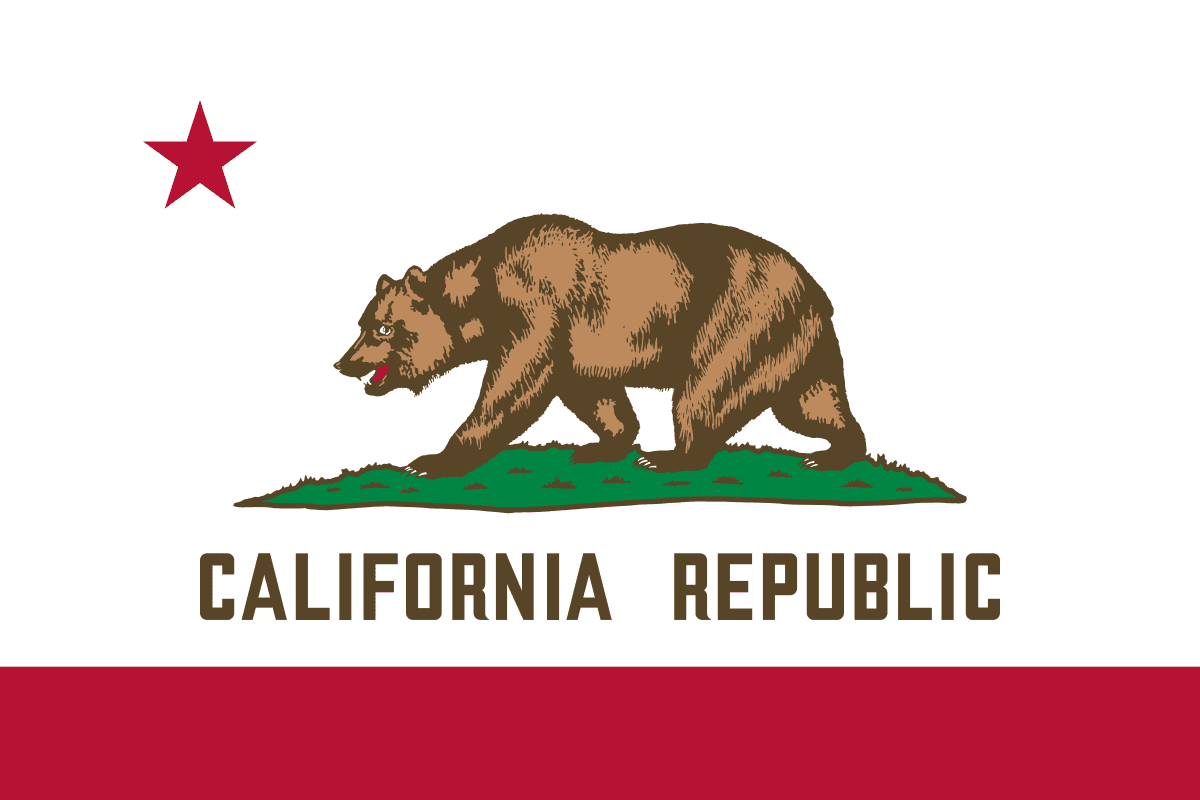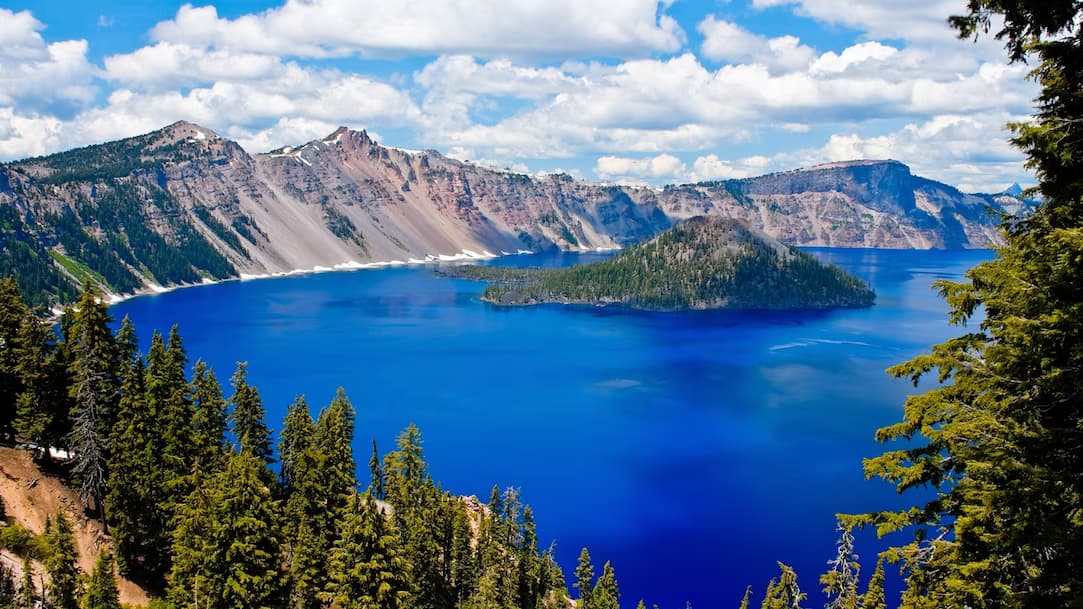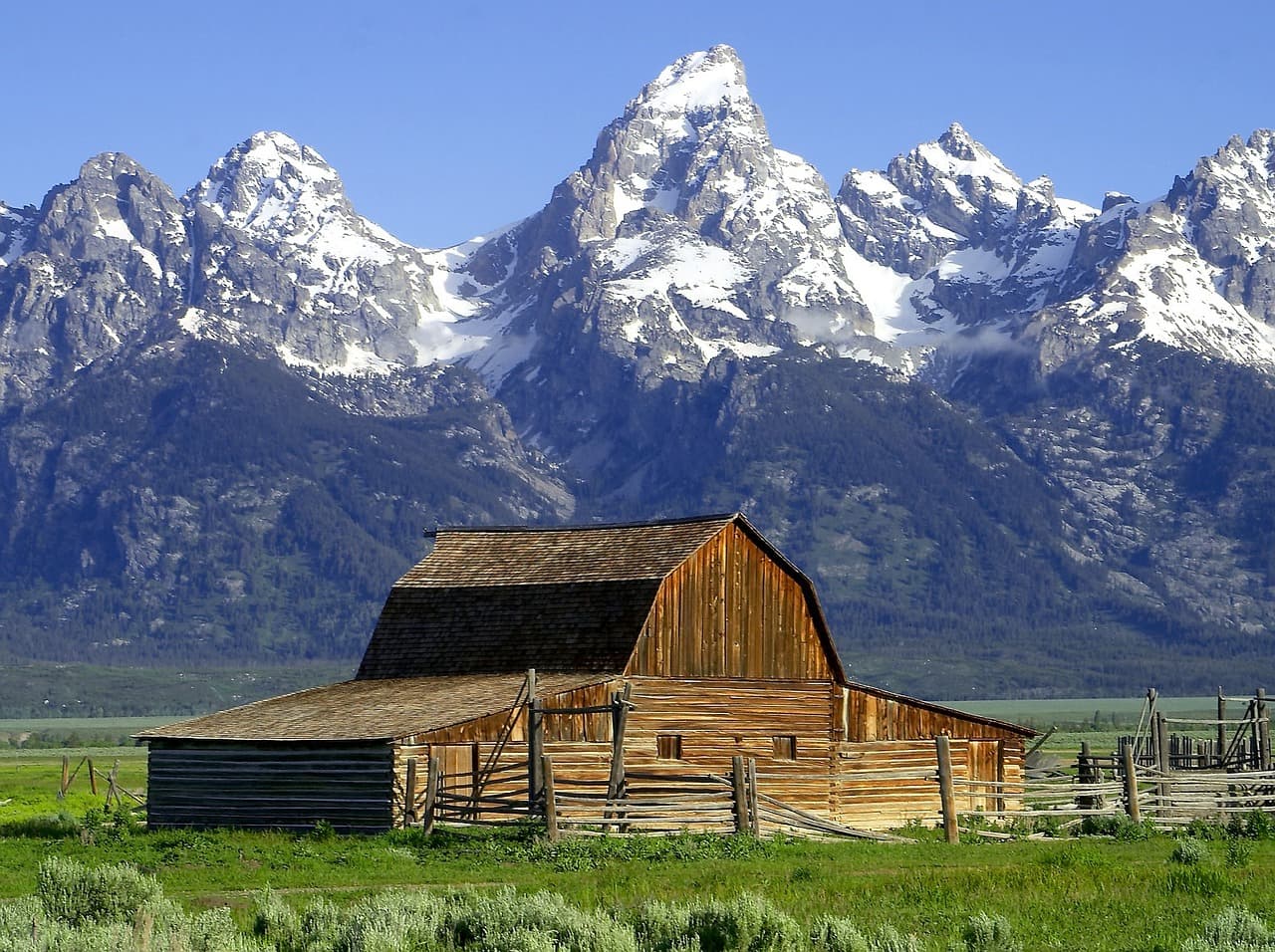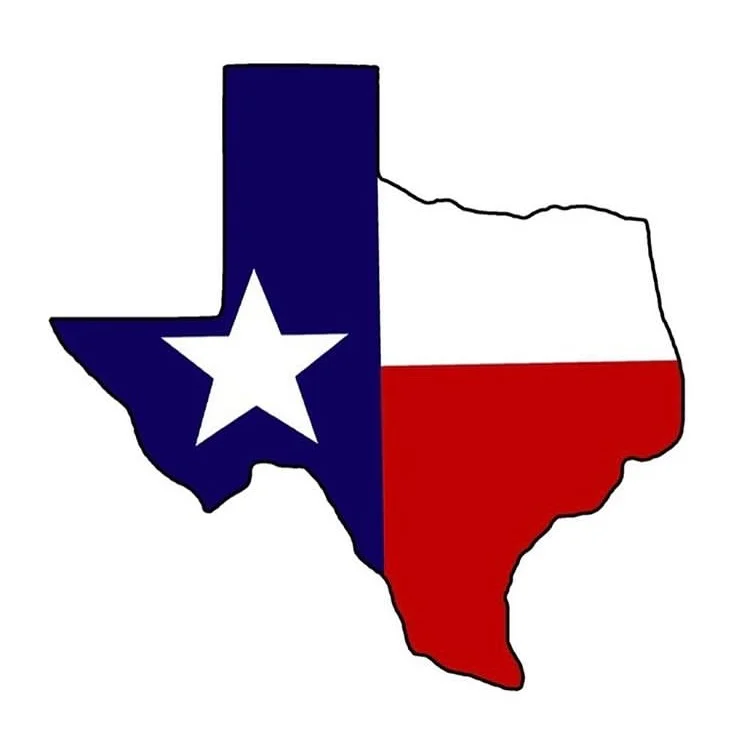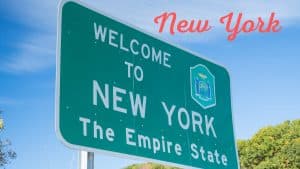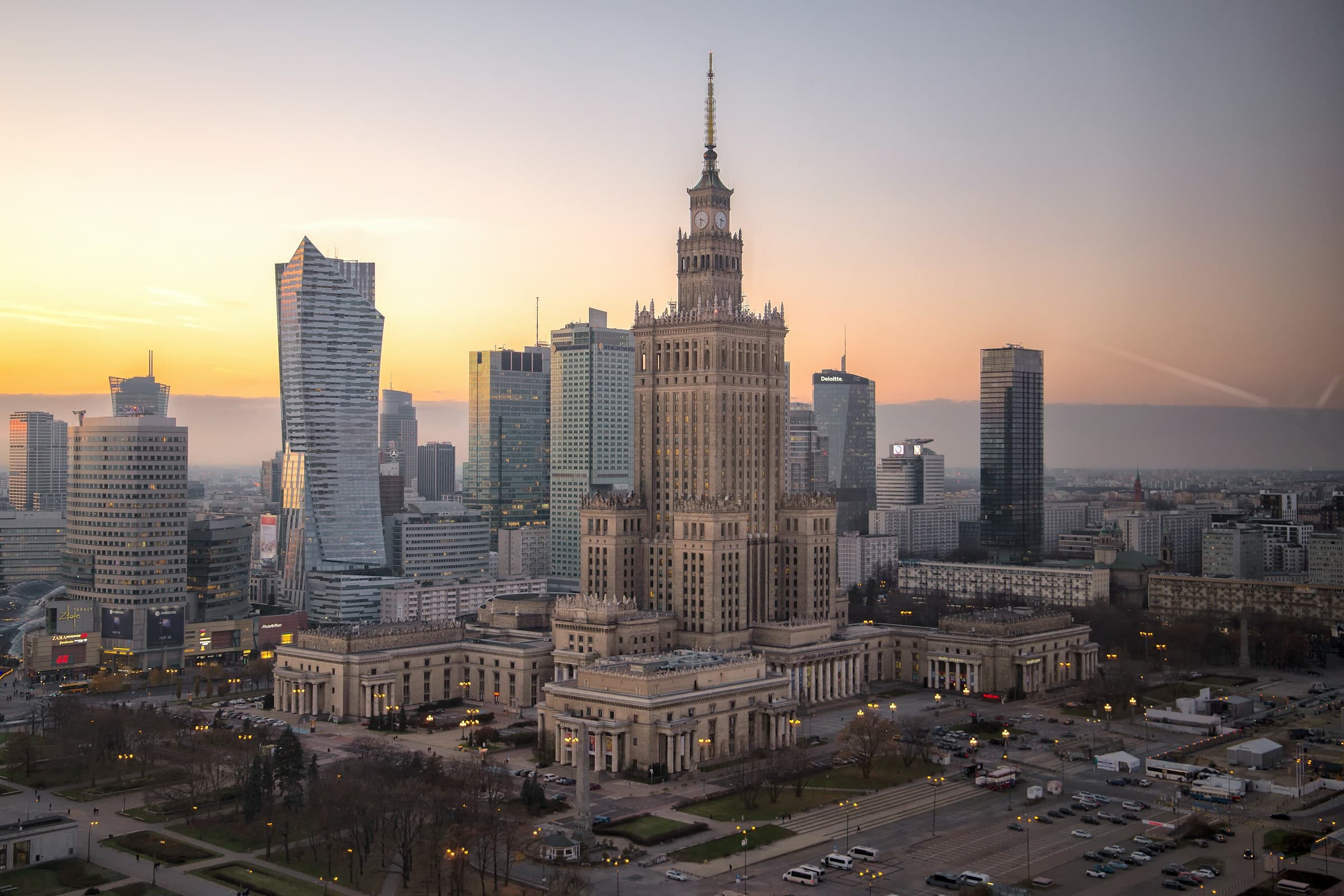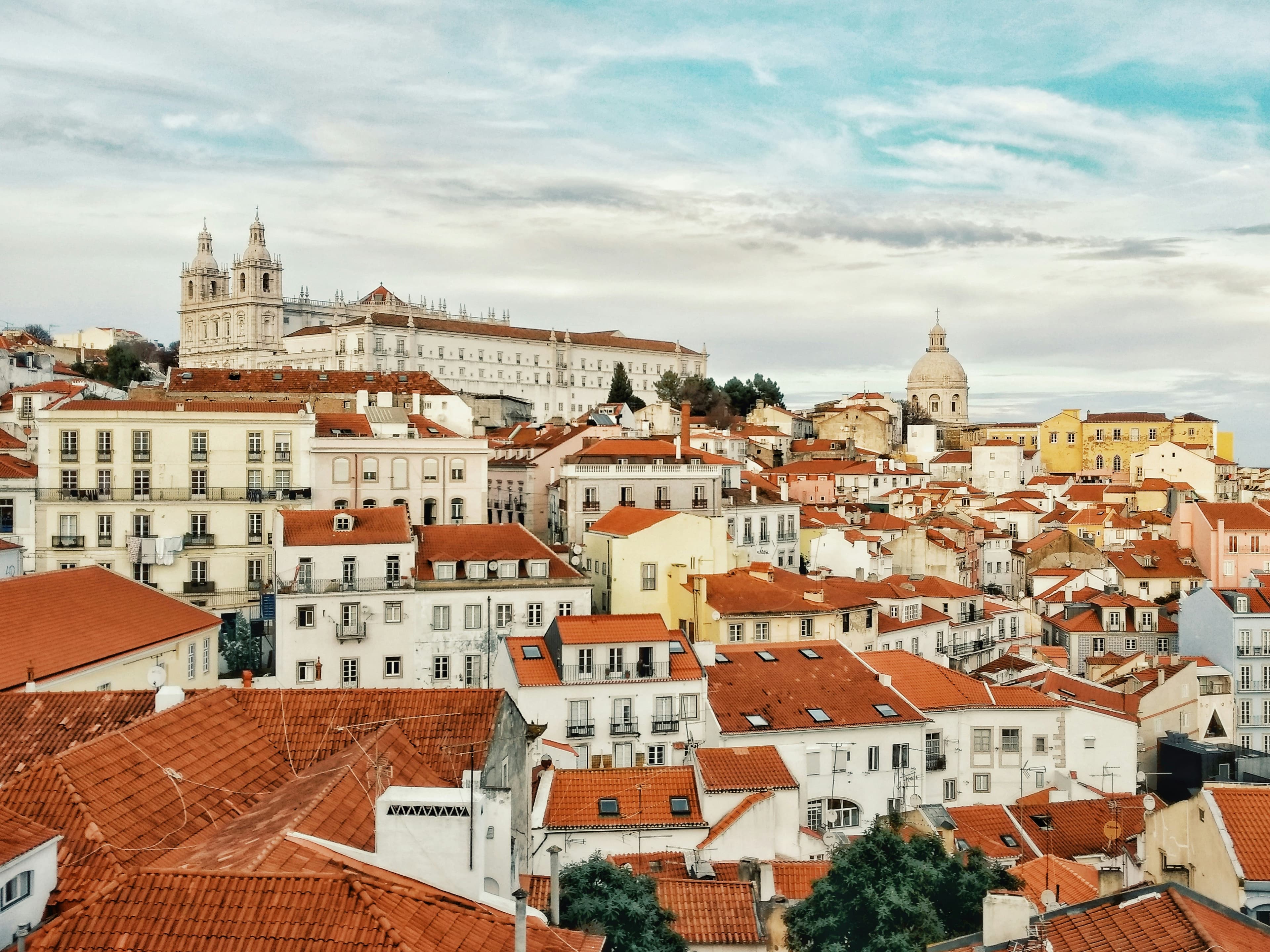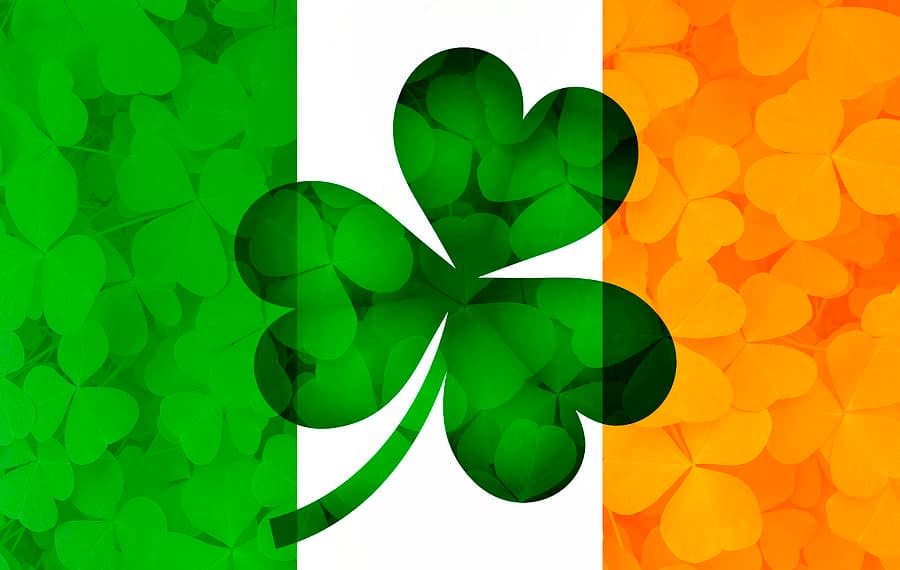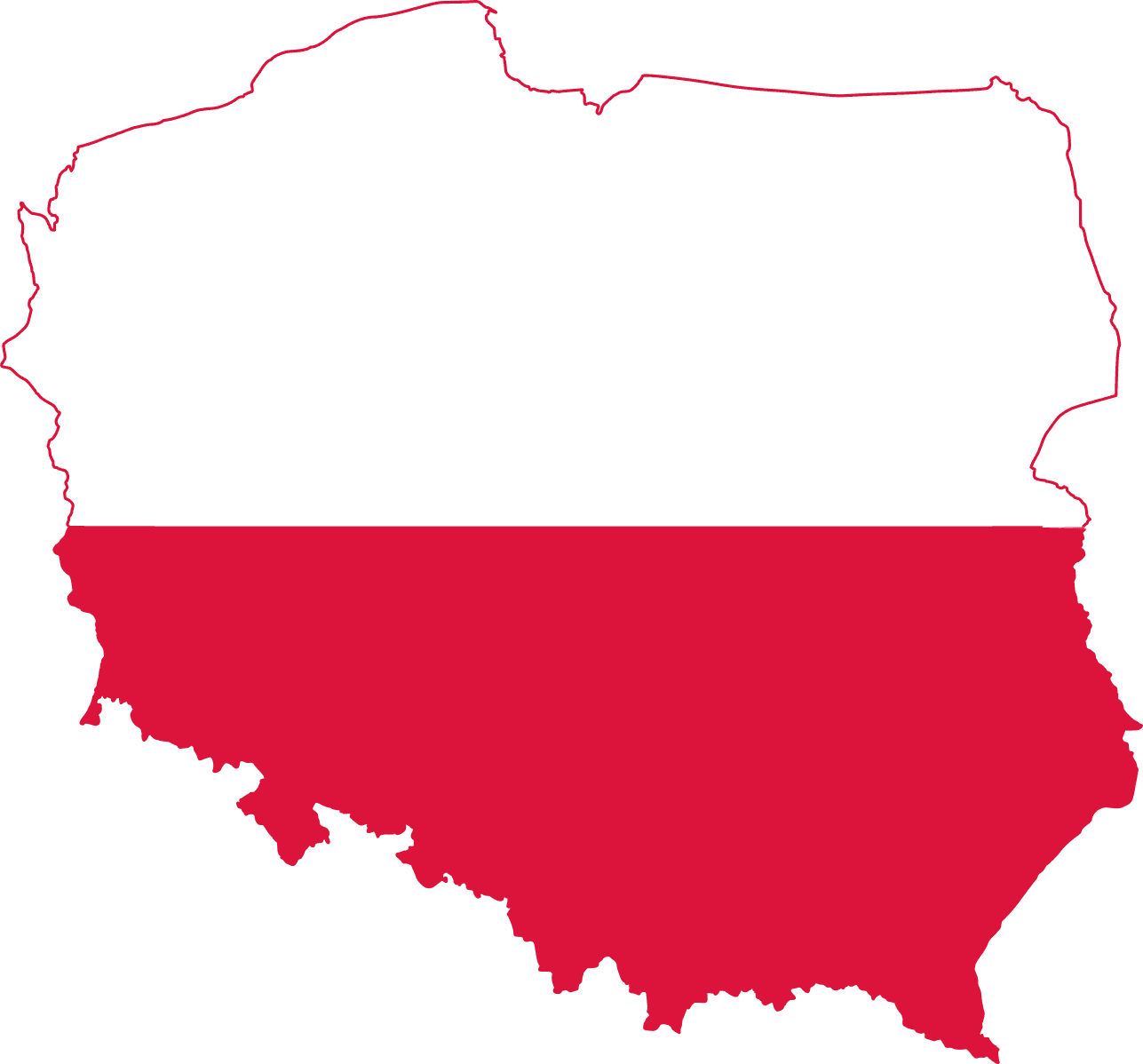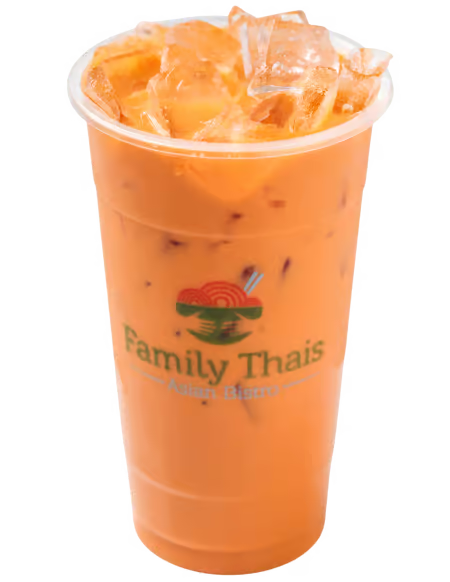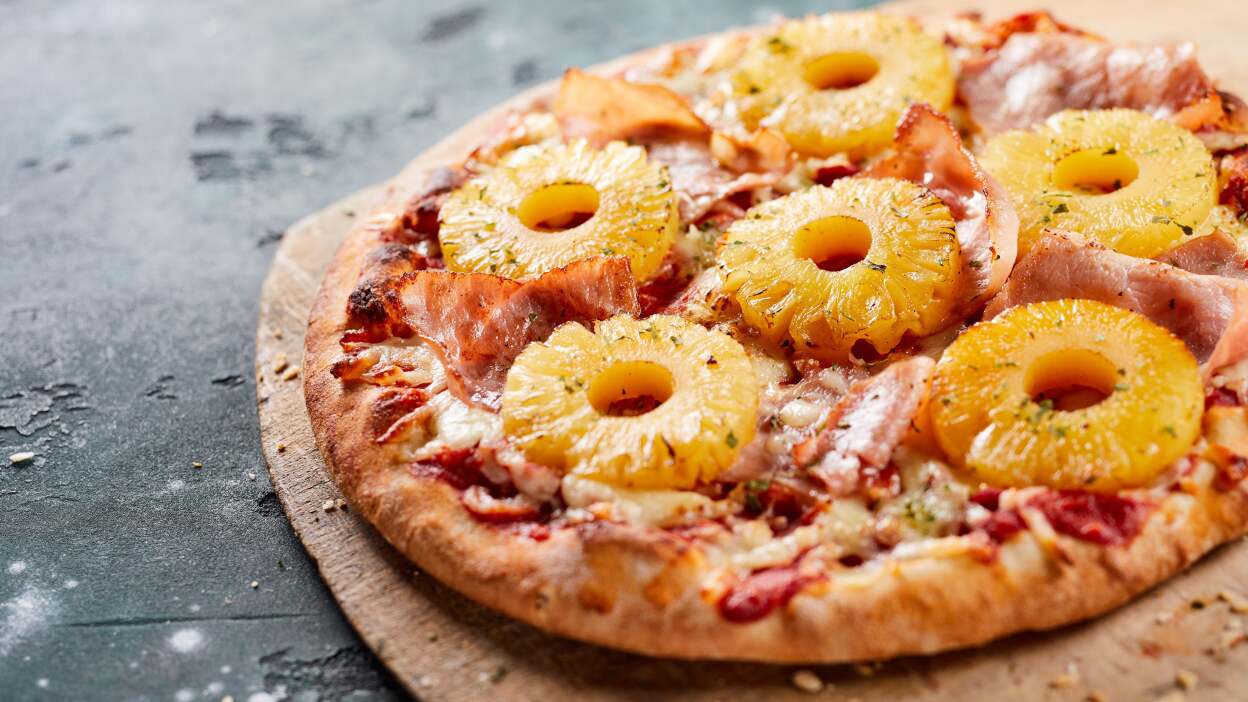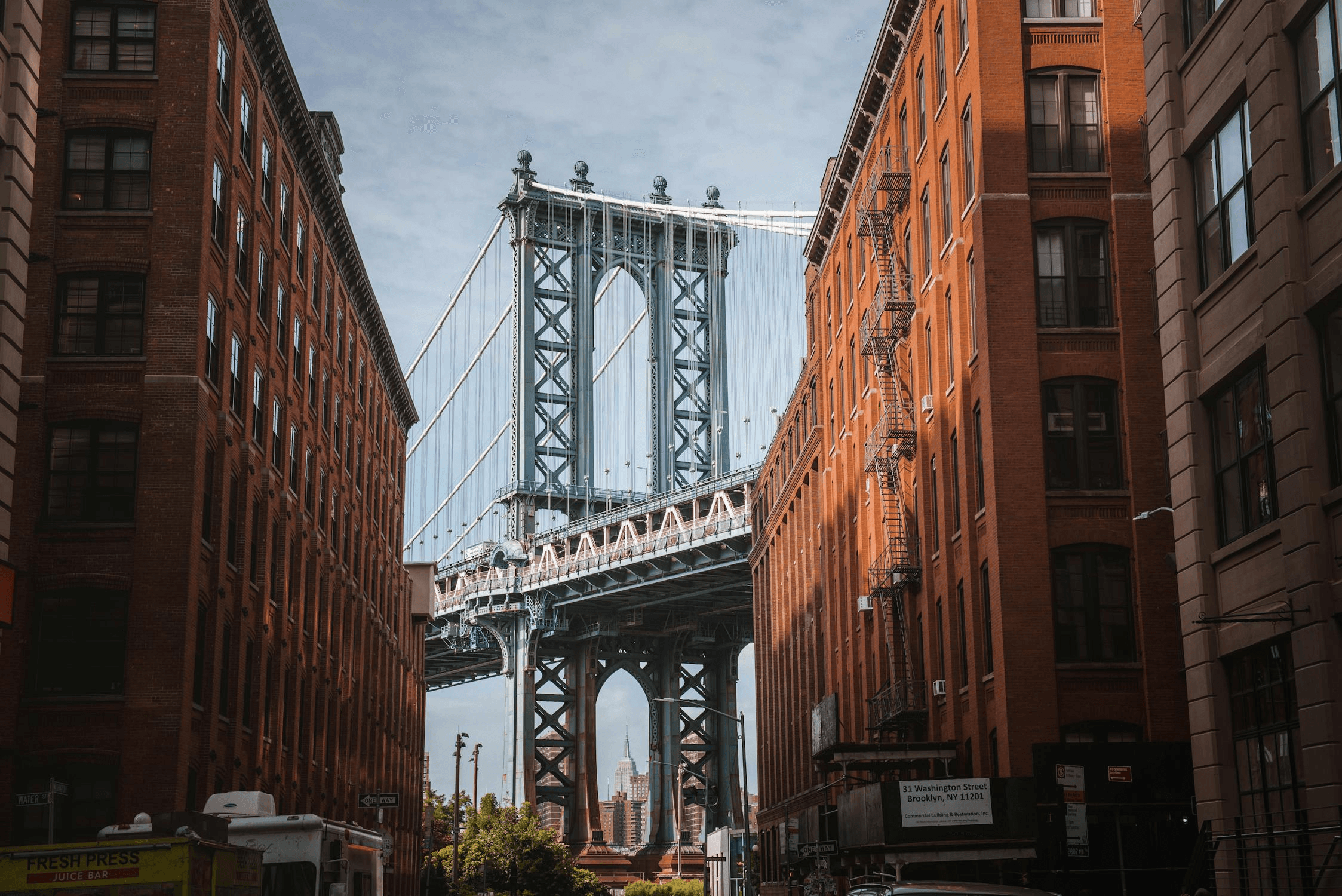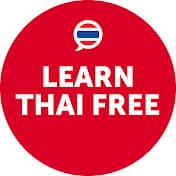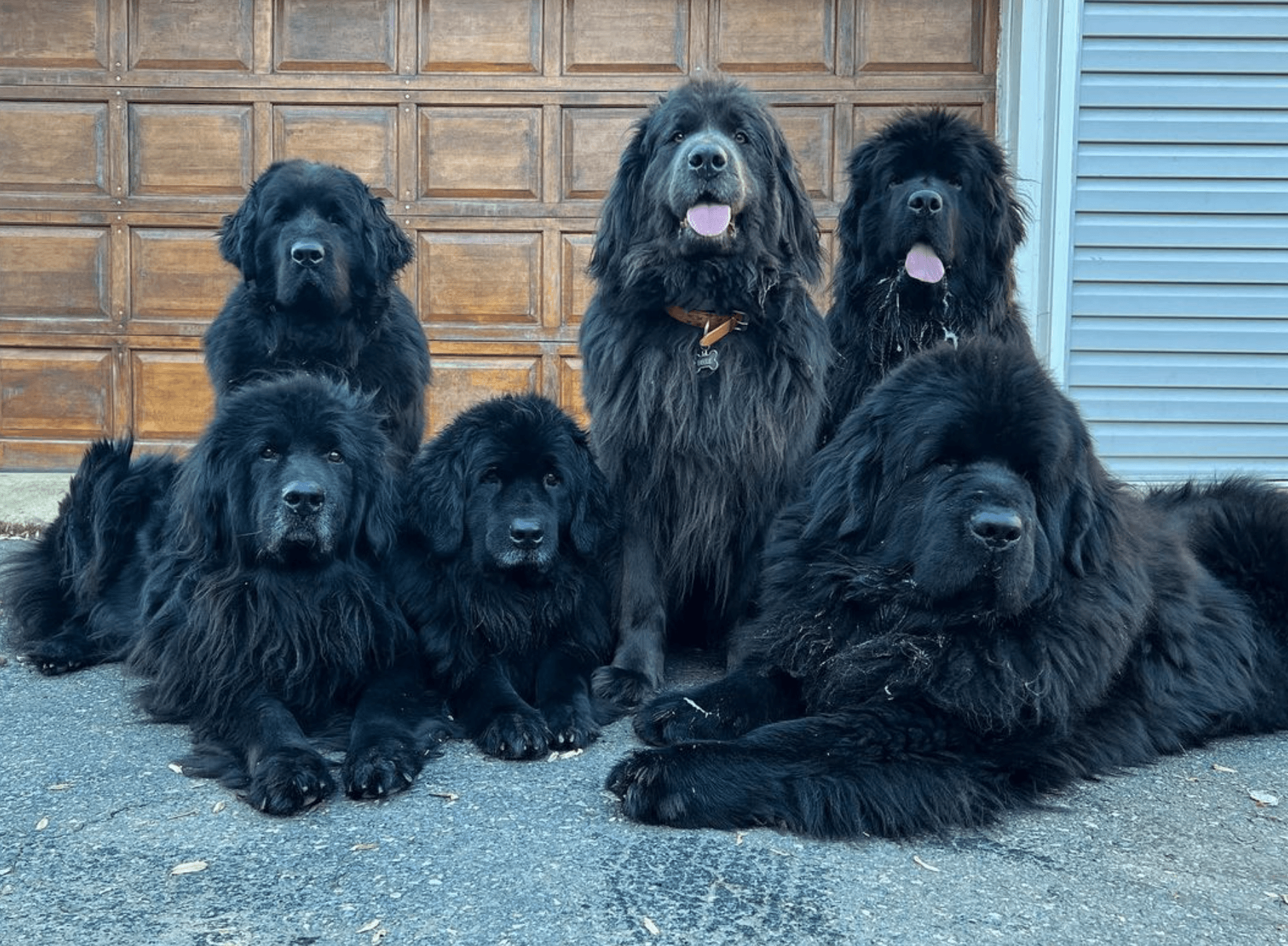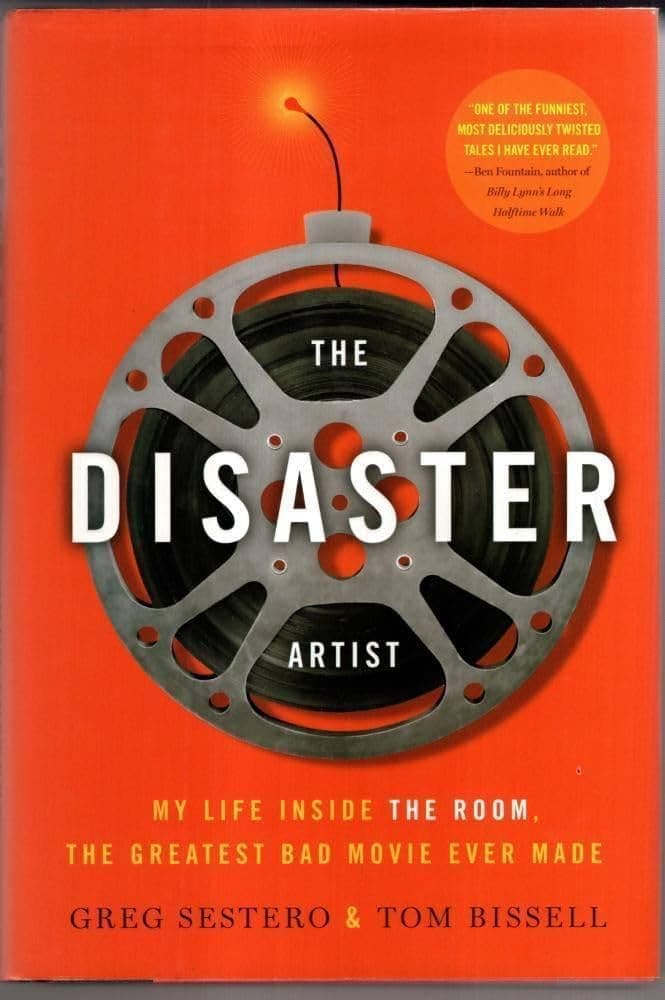Bangkok, Thailand vs. Hawaii
Bangkok, Thailand
Bangkok is the capital of Thailand and its biggest city. It sits along the Chao Phraya River in central Thailand, spreading out over a large area with nearly 9 million people living in the city itself and over 17 million in the surrounding region. It’s a place that mixes old traditions with modern life. On one side, you’ve got ancient temples like Wat Pho and Wat Arun, and on the other, you’ve got massive shopping malls and skyscrapers. The city has been around for a long time, starting as a small trading post in the 15th century. It became the capital in 1782 when King Rama I moved it to the eastern bank of the river. Over the years, Bangkok has seen a lot—colonial pressures, modernization, political protests, and economic growth. It really took off in the 1980s and 1990s when foreign companies started setting up shop there. Bangkok is known for being busy and full of life. The streets are packed with cars, motorbikes, and tuk-tuks, which often leads to heavy traffic. Despite effort...
Hawaii
Very tropical and chill state. Better than the rest of them.
Reviews
Reviewed on 2/23/2025
It took me a good few trips to adapt but not I absolutely love this city.
Reviews
| Item | Votes | Upvote |
|---|---|---|
| Delicious street food everywhere | 1 | |
| Very affordable | 1 | |
| World's biggest bazaar | 1 |
| Item | Votes | Upvote |
|---|---|---|
| Not walkable | 1 |
| Item | Votes | Upvote |
|---|---|---|
| Tropical | 2 | |
| Surfing | 2 | |
| Amazing culture | 1 |
| Item | Votes | Upvote |
|---|---|---|
| Expensive | 1 |
Frequently Asked Questions
Bangkok offers a vibrant urban experience with a mix of ancient culture and modern amenities, featuring delicious street food, affordability, and the world's biggest bazaar. However, it is known for heavy traffic and is not very walkable. In contrast, Hawaii provides a tropical paradise with opportunities for surfing and a rich cultural experience, but it is generally more expensive. The choice depends on whether you prefer a bustling city atmosphere with diverse activities or a laid-back island vibe.
Bangkok's pros include delicious street food, affordability, and being home to the world's biggest bazaar, while its main con is that it is not very walkable due to heavy traffic. On the other hand, Hawaii's pros are its tropical environment, surfing opportunities, and amazing culture, but it is often considered expensive. If you prioritize budget-friendly options and a bustling city, Bangkok may be better, while Hawaii is ideal for those seeking relaxation and natural beauty.
Pros of Bangkok, Thailand include delicious street food available everywhere, affordability, and being home to the world's biggest bazaar. However, a notable con is that the city is not very walkable, which can make getting around challenging.
Bangkok, Thailand is known for its vibrant culture, bustling street life, and a mix of ancient traditions and modernity. The city features famous landmarks such as the Grand Palace, Wat Pho, and Wat Arun, as well as a lively street food scene and extensive shopping options, including the world's biggest bazaar.
Bangkok has a rich history that dates back to the 15th century when it started as a small trading post. It became the capital of Thailand in 1782 when King Rama I moved it to the eastern bank of the Chao Phraya River. Over the years, Bangkok has experienced significant changes, including colonial pressures, modernization, and economic growth, particularly during the 1980s and 1990s.
Transportation in Bangkok can be challenging due to heavy traffic, with streets often packed with cars, motorbikes, and tuk-tuks. While there have been improvements in public transportation, including skytrains and subways, traffic jams remain a common issue. The city is not very walkable, which can make navigating it more difficult.
Popular attractions in Bangkok, Thailand include the Grand Palace, Wat Pho, and Wat Arun. Tourists also flock to markets like Chatuchak and various floating markets, as well as Khao San Road, which is known for its budget hostels, bars, and street vendors.
The nightlife in Bangkok, Thailand is vibrant and diverse, offering everything from lively bars to well-known red-light districts. The city comes alive at night, providing a range of entertainment options for both locals and tourists.
Pros of Hawaii include its tropical climate, excellent surfing opportunities, and amazing culture. On the downside, it can be quite expensive to live or vacation there.
Hawaii is unique due to its tropical climate, stunning beaches, and vibrant culture. It offers a laid-back lifestyle that is distinct from the continental United States.
Yes, Hawaii is renowned for its excellent surfing spots, making it a popular destination for surfers from around the world.
Hawaii is considered expensive due to its remote location, which increases the cost of goods and services. Additionally, the high demand for real estate and tourism contributes to the overall higher cost of living.
